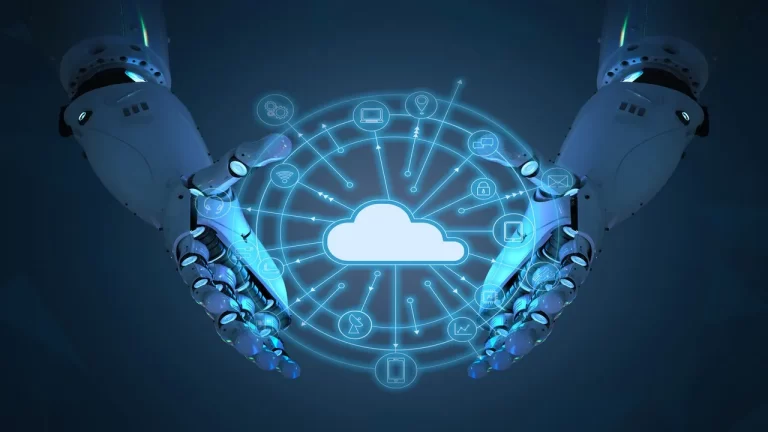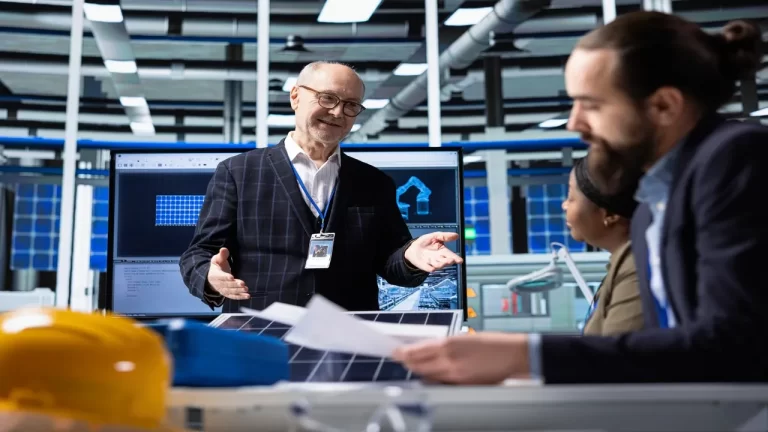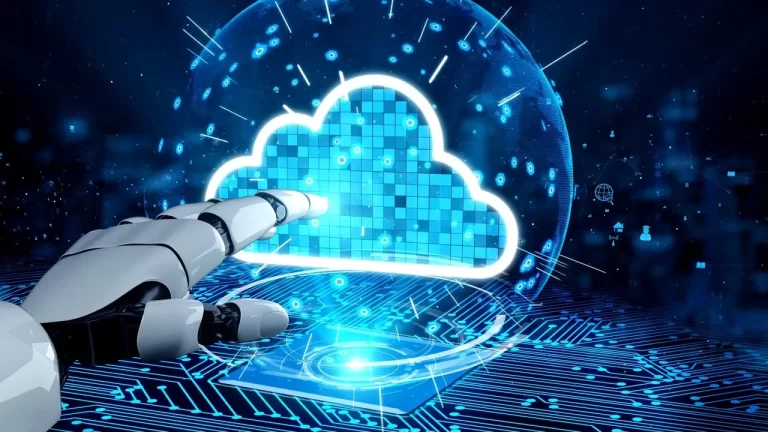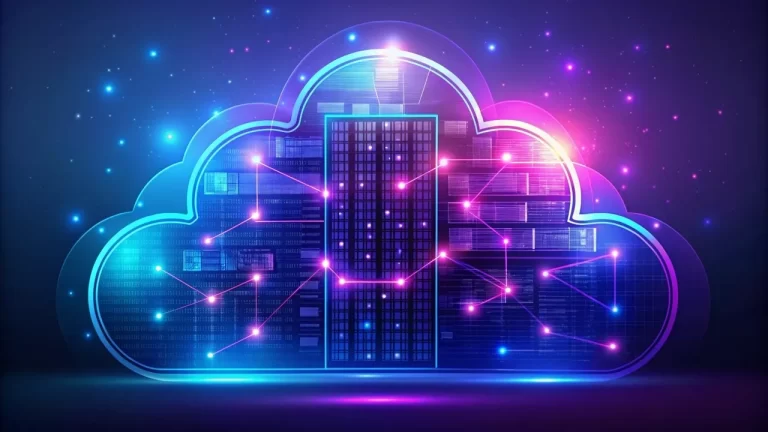The data center now functions as an important interconnected system beyond being just a collection of servers since the modern world heavily depends on digital networks. The increasing need for processing power along with data storage and automated intelligence, drives quick developments in data center infrastructure. Due to unexplored market directions, the industry now operates between hyperscale cloud computing data centers and smart sustainable architectural designs.
The Shift Toward Hyperscale and Beyond
One of the biggest changes in this area is the growth of hyperscale cloud computing data centers. These huge technology centers operate with capabilities to accommodate thousands of servers to serve international tech organizations as well as emerging AI programs. The hyperscale computing companies led by Amazon, Microsoft, and Google utilize significant funds to grow their worldwide digital operations. These data centers not only grow quickly but also operate efficiently with high-density designs and specially made hardware.
At the same time, new regions and countries are building their own cloud services provider data centers to reduce delays, improve control over data, and keep data closer to where it is generated.

The Frontier of Cloud-First Infrastructure
The integration of cloud computing data centers into mainstream business operations is shifting IT from hardware-heavy models to service-driven systems. Organizations no longer rely solely on local machines or internal servers. Instead, workloads are being migrated to cloud computing centers that offer agility and scalability.
This transformation also aligns with the growth in cloud-based data centers and public cloud data centers, which provide on-demand access to computing resources. Enterprises are reducing capital expenditure while boosting performance through data center and cloud computing convergence.
The rise of virtual data centers in cloud computing models allows businesses to simulate physical infrastructure using virtual machines. These virtual machine environments increase flexibility, reduce energy use, and support remote work environments another growing trend in today’s distributed workforce.
Embracing Smart Technologies and AI
Automation and AI are quickly becoming important pillars of modern data center operations. Tools like Grok AI, known for its real-time analysis capabilities that are now being deployed to monitor systems, identify issues before they occur, and optimize the use of resources.
These technologies help to cover increasing capacity needs and ensure a smooth performance of the network, especially as data centers transmit huge amounts of data between edge locations and centralized hubs.

Sustainability: From Trend to Standard
Data center sustainability trends are no longer optional; they’re important. Governments and enterprises are prioritizing low-impact infrastructure, with incentives for green building certifications and clean energy use.
Sustainable data center design now includes liquid cooling, solar integration, waste heat reuse, and energy-efficient servers. Operators are also focusing on sustainable public storage practices and more efficient document management to minimize digital bloat.
This shift is backed by regulatory changes and public pressure. Many data center industry trends are now centered around carbon neutrality, renewable energy sourcing, and water conservation.
The Evolution of the Data Center Cloud Network
With the growth of digital services, the importance of a secure and agile data center cloud network can’t be overstated. Interconnectivity between facilities is critical for data redundancy, load balancing, and disaster recovery.
Many data centers now operate as part of a mesh, enabling them to transmit data across various global regions with minimal latency. This architectural shift is enhancing content delivery, financial transactions, and real-time collaboration.
Navigating the Next Decade: What Lies Ahead
Data centers show multiple innovative developments that will shape them during the upcoming ten-year period. Edge computing will experience significant expansion as one primary transformation of data centers. Data processing facilities are expected to establish themselves as mini-facilities that operate closer to data generation points throughout cars and traffic-based systems and smart homes and cities. Edge computing speeds up information processing because of its significance for autonomous vehicle technology along with modern traffic control systems.
Another big development will be the use of AI-powered database centers. These smart systems will be able to organize, search, and adjust themselves automatically by making data easier to access and faster to use. Businesses will benefit from this by getting quicker answers and smoother operations.
We’ll also see more modular and micro data centers. These are smaller, flexible setups that can be built quickly and placed wherever they’re needed. They’re especially useful in areas with limited space or where fast deployment is critical, like in rural areas or emergency zones.
As more services move online, public cloud data centers will need stronger security. Expect to see better systems for protecting personal data, keeping hackers out, and ensuring everything runs safely and smoothly.
Overall, these changes show how important it is to build reliable, connected digital systems. Whether it’s for streaming your favorite show doing online banking, or supporting scientific research, the future of data centers will play a key role in keeping our digital lives running strong.
Conclusion
The frontier of innovation in digital infrastructure is being defined by smarter, greener, and more scalable data solutions. Whether it’s the strategic deployment of cloud computing centers the integration of intelligent systems like Grok AI or the global expansion of hyper scale computing companies, the data center industry is entering a golden age of transformation. The implementation of these changes represents not only a favorable business approach but also a requirement for remaining competitive in a data-driven environment. The need to use data drives competitive success in today’s world.








